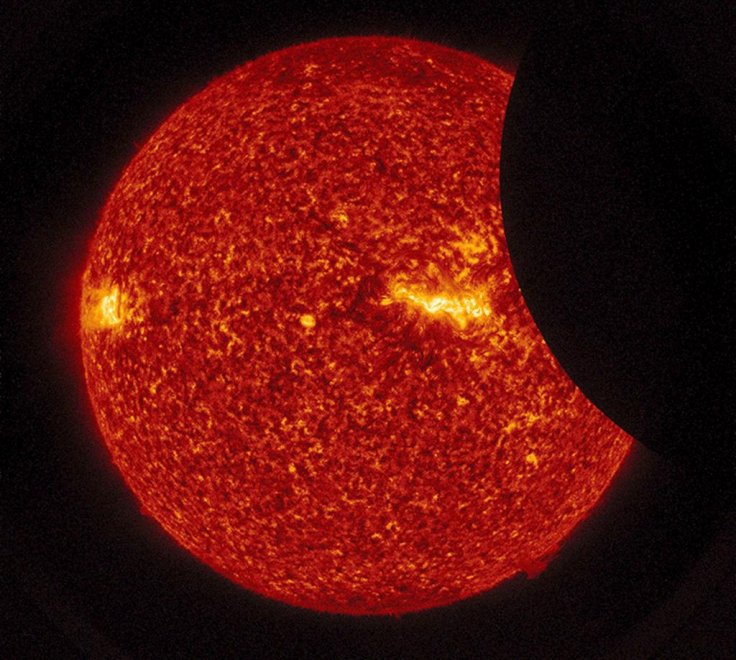
Four billion years ago, when the Sun was just a baby, it was spewing radiation and solar particles across the solar system which helped seed life on early Earth by igniting chemical reactions that kept Earth warm and wet. But the same solar tantrums may have prevented life from forming on Mars and Venus, by depriving them of viable atmosphere, said an Indian origin scientist at NASA.
Prabal Saxena, an astrophysicist at NASA's Goddard Space Flight Center in Greenbelt, Maryland, encountered the basic questions as to how the Sun looked like in its first billion years. How it might have changed Venus' atmosphere that lost water. "It also probably changed how quickly Mars lost its atmosphere, and it changed the atmospheric chemistry of Earth," Saxena said.
The Sun-Moon Connection helped Saxena explore the early Sun's rotation mystery while contemplating a seemingly unrelated one: Why, when the Moon and Earth are made of largely the same stuff, there is significantly less sodium and potassium in lunar regolith, than in Earth soil?
The team then explored Apollo-era Moon samples and lunar meteorites found on Earth to study how the Moon formed. The theory goes, when a Mars-sized object smashed into Earth about 4.5 billion years ago, it sent materials spewing into orbit, where they coalesced into the Moon.
"The Earth and Moon would have formed with similar materials, so the question is, why was the Moon depleted in these elements?" said Rosemary Killen, a planetary scientist at Goddard who researches the effect of space weather on planetary atmospheres. The two scientists suspected that one big question informed the other -- that the history of the Sun is buried in the Moon's crust.
Their computer simulations, which they described on May 3 in the Astrophysical Journal Letters, show that the early Sun rotated slower than 50% of baby stars and it took at least 9 to 10 days to complete one rotation in its first billion years.
"Had our Sun been a fast rotator, it would have erupted with super flares 10 times stronger than any in recorded history, at least 10 times a day. Even Earth's magnetic field wouldn't have been enough to protect it. The Sun's blasts would have decimated the atmosphere, reducing air pressure so much that Earth wouldn't retain liquid water. It could have been a much harsher environment," Saxena said.
NASA is aiming to send a lunar mission to the Moon by 2024.









